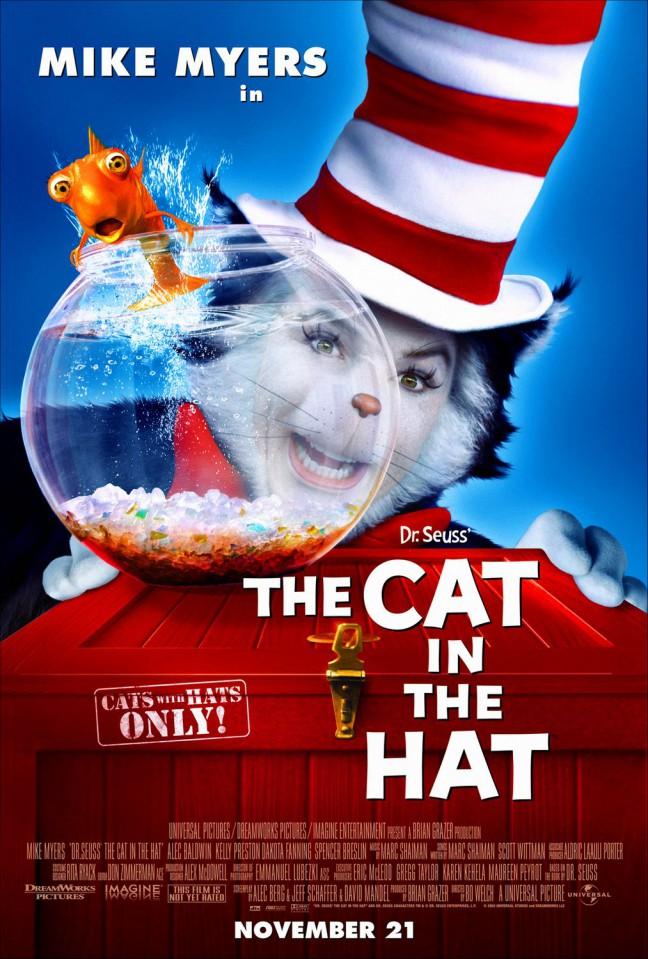As college students, it wasn’t so long ago that we watched and appreciated children’s films. Some of us still do, and not in an ironic kind of way. Children’s films should be watched by adults and appreciated by college students. A good children’s film can entertain anyone. It should be funny, inspiring, have a good message and teach kids about the importance of being themselves. Especially in today’s world, that latter message means a lot to college students. This is likely the reason we love them so much.
That’s also why it’s so hard to watch bad children’s films. Some try too hard, have misplaced product placement and sport terrible special effects. These cheap-to-make, badly-put-together flops often flock in with other holiday films trying to gauge the feel-good emotions of the season. More commonly, these films cash in on a fad, concept, art form or joke that’s trending with children at the moment. These can be anything from a kid’s television show to skateboards to, more recently, board games. There are many ways a children’s film can be bad nowadays, as well as easily ridiculed by adults who aren’t exactly filled with wonder.
The 80s and 90s were the unparalleled worst when it came to bad kid’s movies. Films such as “Super Mario Brothers” and “The Garbage Pail Kids Movie” have become the golden standard for trashy kid’s flicks. Still, the last 10 years has continued to show us the underbelly of the kid’s entertainment market. The live action adaptations of “The Cat in the Hat” and “Speed Racer” illustrate just how bad even big, marketable kid’s films can be. Many films in production currently embody the “too big to fail” mentality, which makes it easier for them to tank horrendously. The rise in flops has meant more studio intervention, which, when it comes to kid’s films, makes for some really weird movies.
“The Cat in the Hat” is a great example of a film that should never have been made. To bring its final runtime to 82 minutes, the sparse plot of the Dr. Seuss classic was stretched. The producers added gratuitous subplots, characters, weird cameos and lots of strange humor that would make no sense to kids and adults alike. Certain parts are tremendously crass and have no place in a kid’s film, including an appearance by Paris Hilton, a joke about a “dirty ho” and toilet humor. Even though it has a star-studded cast and large budget, the film does nothing to teach children life lessons or even entertain them. The book dealt with having fun as a child — not being tethered by reality — and knowing when it was time to take responsibility. This film teaches irresponsibility, selfishness and being petty in order to get what you want.
Not only are these bad lessons to teach kids, but there’s no wonderment. A lot of us look to Disney films to sate our childhood nostalgia. Why wouldn’t we? There are verbose characters, strange settings and magic. And there’s always love. As of 2013 Disney Animated Studios doesn’t have any upcoming hand-drawn animation films in production or on its schedule. The last 2-D animated film they put out was “Winnie the Pooh” in 2011, and since then only 3-D films have been put into production. These kind of films aren’t made as often because computer technology costs less. That also means a rise in badly made animated films that come from titans like Pixar and DreamWorks, and smaller studios like Crest Animation and Playtone. The worst from the big studios are hastily thrown together sequels like “Cars 2.” The recently released “Planes” already has a sequel slated for 2014, though, again, it isn’t a very memorable film. The smaller studios generally make low budget films that aren’t exactly horrible, but no one goes to see them because of competition from larger studios.
Kids today aren’t stupid, so throwing a montage of bright lights isn’t going to helm their attention. These giant movie studios are not only trying to get these kids into seats, but keep them there, and some of the films coming out for kids nowadays are despicable in that respect. They resort to foul humor, grotesque character development and adult language which has no place in a film made for kids, even by today’s standards. It’s a sad truth that many of the straight-to-video, live-action or poorly-written children’s films coming out these days are bad for molding young minds, as well as those of nostalgic college viewers.


